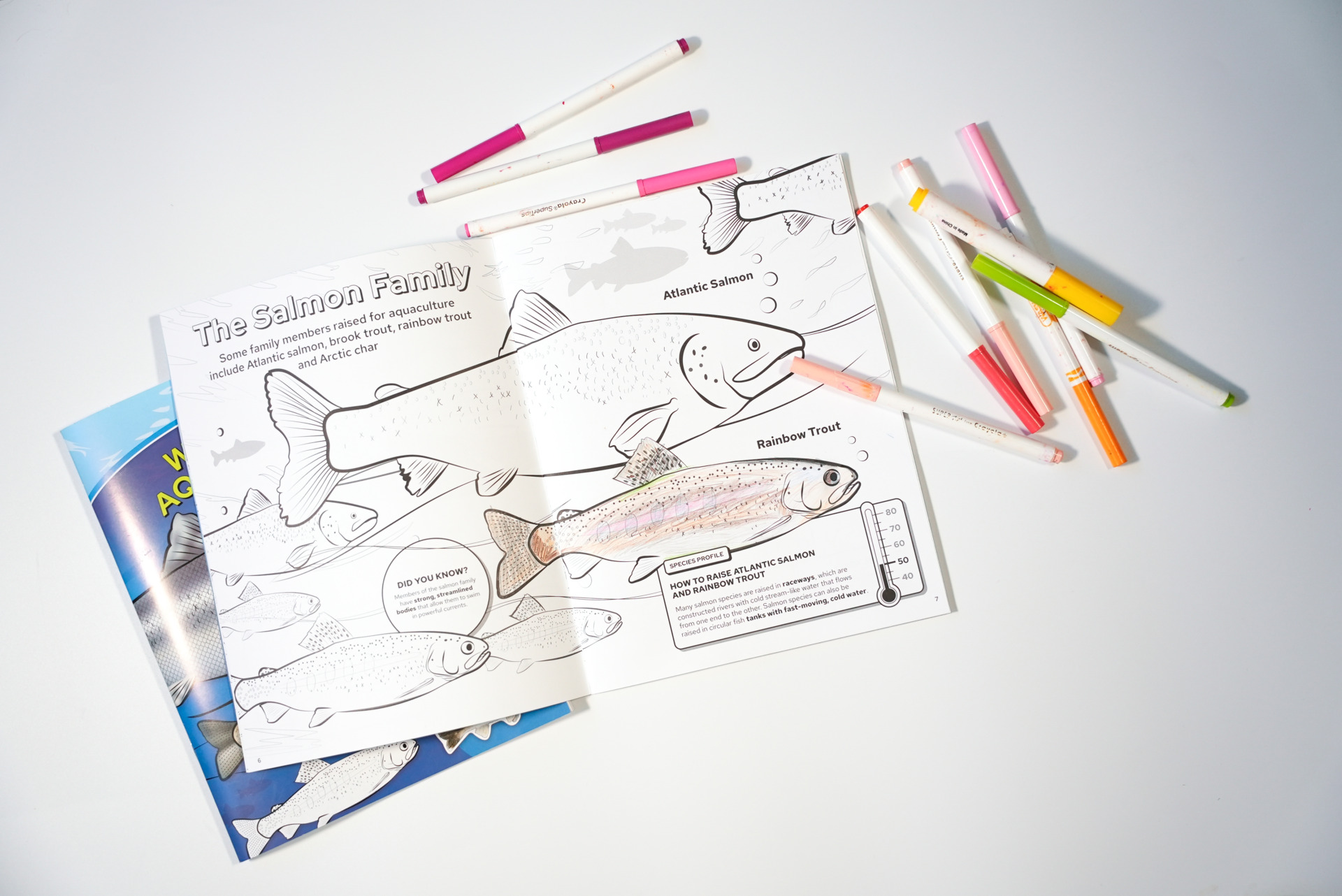Greater numbers equals greater impact.
It’s a simple equation that aquatic invasive species (AIS) like quagga mussels and round gobies have used to the lasting detriment of the Great Lakes. But in 2011, boat inspectors and aquatic invasive experts were reminded they could use that calculus, too: Adding extra bodies to inspect boats and educate boaters and anglers about the spread of aquatic invasive species had a significant impact.
“This year, with Great Lakes Restoration Initiative funding provided by the Wisconsin Department of Natural Resources, we were able to increase our field crew to nine,” said Phil Moy, University of Wisconsin Sea Grant Assistant Director for Outreach and Research. “Based on this year’s results, it appears as though having someone based in the Milwaukee to Racine metro area and in the Green Bay metro area made a big difference in the number of people we were able to contact.”
During this year’s boating season, UW Sea Grant-funded inspectors were able to inspect 6,358 boats for aquatic invaders, up from 4,514 last year. Inspectors made contact with and provided AIS information to 14,108 people, up nearly 5,000 from 9.748 last year. Finally, inspectors and educators spent 1,645 hours, up from 1,521 in 2010.
“It’s clear that we’re reaching our audience,” said Moy. “Now we just need to be sure they’re changing their behavior based on the information we’re providing.”
Statewide numbers for these statistical categories are compiled by the Wisconsin DNR and are available to view here: http://1.usa.gov/vi5nPx
Fora list of steps to avoid facilitating the spread of invasive species, visit http://bit.ly/tIJfrI





